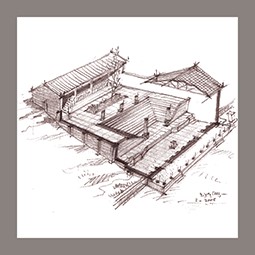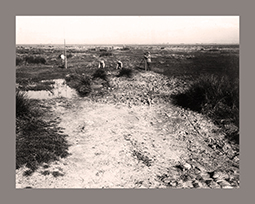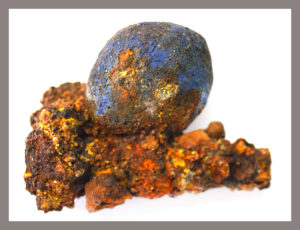Author: P. Palmentola
Download article as .pdf: Pratiche rituali di quartiere. L’edificio V, 3 nel contesto delle insulae III e V dell’abitato di Monte Sannace (II metà IV secolo a.C.)
 In the lower part of the Hellenistic settlement of Monte Sannace (Gioia del Colle, Bari) was found a square and large building consisting of a single room. It is supposed not to be a house, because of the objects found inside. Its main door/entrance is in a square and faces another building of equal size. The presence of a large entrance, a large hearth, numerous objects (such as loom weights, ‘temple keys’, mortars and ceramics for preparing, cooking and eating/drinking food, a few miniature objects, a large vase found upside down and with the mouth stuck in the ground) suggests that the building was used for non-institutional public rites, connected to a neighborhood community, perhaps linked to the funeral sphere and involving in particular women.
In the lower part of the Hellenistic settlement of Monte Sannace (Gioia del Colle, Bari) was found a square and large building consisting of a single room. It is supposed not to be a house, because of the objects found inside. Its main door/entrance is in a square and faces another building of equal size. The presence of a large entrance, a large hearth, numerous objects (such as loom weights, ‘temple keys’, mortars and ceramics for preparing, cooking and eating/drinking food, a few miniature objects, a large vase found upside down and with the mouth stuck in the ground) suggests that the building was used for non-institutional public rites, connected to a neighborhood community, perhaps linked to the funeral sphere and involving in particular women.



